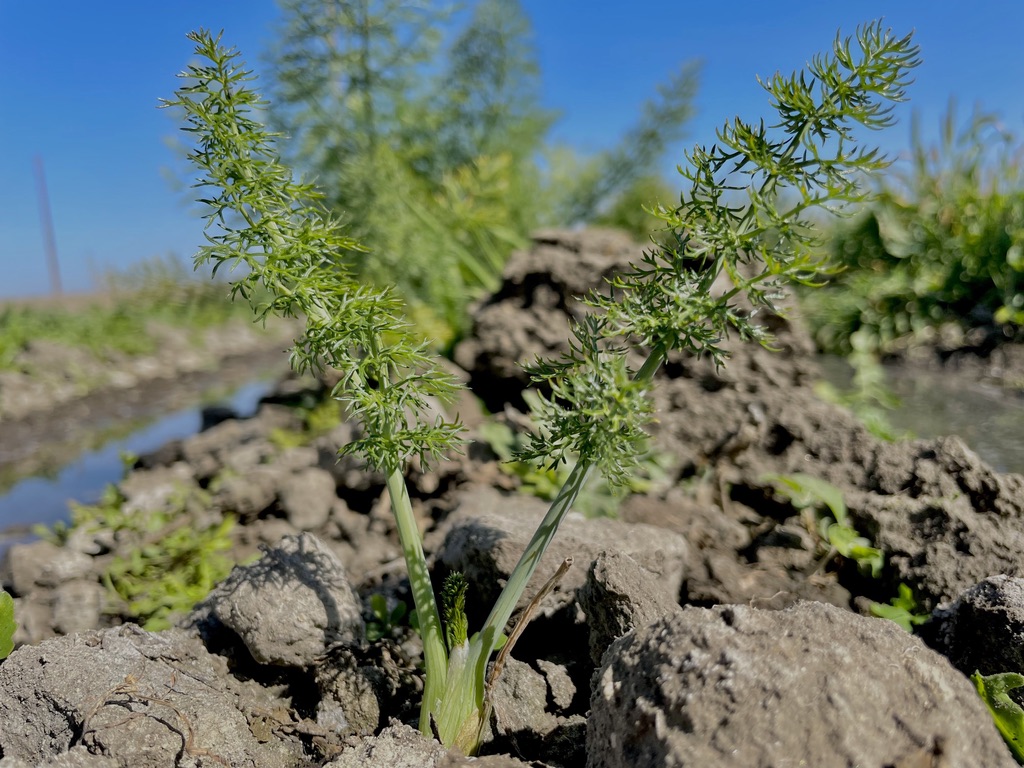
FOR THIS WEEK WE HAVE
FULL AND MINI –
Chard, mustard greens, red kale, cabbage, celery, broccoli, potatoes, beets, green onions, cilantro, and arugula *
This week’s featured image is a red kale plant. Red kale is a nutritious and flavorful variety of kale that is popular in many culinary dishes. Here are some facts about Red kale:
- Appearance: Red kale has distinctive purple stems and frilly, reddish-green leaves. The leaves are tender and have a slightly sweet flavor compared to other varieties of kale.
- Nutritional Benefits: Like other varieties of kale, Red kale is highly nutritious. It is rich in vitamins A, C, and K, as well as minerals like calcium, potassium, and iron. It is also a good source of fiber and antioxidants.
- Easy to Grow: Red kale is relatively easy to grow and is suitable for both home gardens and larger-scale agricultural production. It prefers well-drained soil and partial sun but can tolerate a range of soil conditions.
- Culinary Uses: Red kale is often used in dishes where its flavor and texture can shine. It can be sautéed with garlic and olive oil, added to soups and stews, or baked into kale chips for a crispy snack.
- Health Benefits: Incorporating Red kale into your diet can have numerous health benefits. It is low in calories but high in nutrients, making it an excellent choice for weight management and overall health. Its abundance of vitamins and minerals can also support immune function and bone health.
- Storage: To prolong the shelf life of Red kale, it is best stored in the refrigerator in a plastic bag or container with a damp paper towel to help maintain its freshness. It can typically last for up to a week when stored properly.
– J
Happy eating and thank you for your order with SCF!
*note: this is a comprehensive list. Items are not guaranteed as there are slight adjustments made at packing point.


